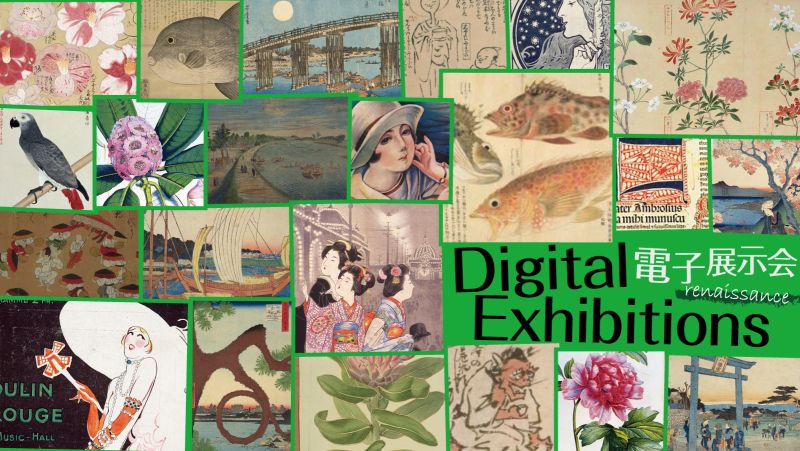Shiwasu (December)

Kotohajime (starting preparations for New Year)
In Shiwasu, people begin to clean up their homes to remove the year's dirt and prepare for the New Year. Regardless of whether they were samurai or merchants, people would do "Susuharai" or clear soot from their houses. These comprise "Kotohajime", lively events done by whole family members. As part of Kotohajime, cleaning was a ritual to purify the year's bad luck and prepare for the welcoming of the New Year's god rather than mere cleaning. After Susuharai was completed, merchants and others offered gratuities, food, and drink.
Toshinoichi (year-end market)
At the end of the year, markets were held in various locations to buy and sell New Year's goods. These "Toshinoichi" are held at the end of the busy year. Among them, the Asakusa market was the largest in Edo. At Toshinoichi, a wide variety of goods were sold, including decorations such as Shimekazari (decorations for the New Year), Osechi-ryori (New Year's festive foods), playthings such as Hago-ita (a small wooden board for the New Year) and kites, as well as daily necessities such as brooms and calendars. Many people visited Toshinoichi to buy them.
Mochi-tsuki (Pounding rice cakes)
Mochi-tsuki is considered a sacred event before the New Year. For mochi-tuski, Shimenawa (sacred straw rope) was stretched over a steam basket for steaming rice and a mortar (wooden mortar) for mochi-tsuki, and straw washed with salt was placed under the mortar. Also, the 29th and New Year's Eve were avoided for mochi-tsuki as Kumochi (suffering) and Ichiya-mochi (one night only), respectively.
Yukimi (Snow viewing)
On the winter solstice, when the day is the shortest of the year, the cold becomes even more severe, and the snow season begins. "Setsugetsuka (Snow, moon, and flowers)" has been loved as symbols that shape the Japanese sense of beauty, and the Japanese had deep feelings toward the all-white world in particular. When Edo was covered with snow, people visited famous places to enjoy snow viewing. The banks of the Sumida River, Mimeguri Shrine, Chomeiji Temple, Shinobazu Pond, and Ueno Kan'eiji Temple are famous spots for viewing snow.
